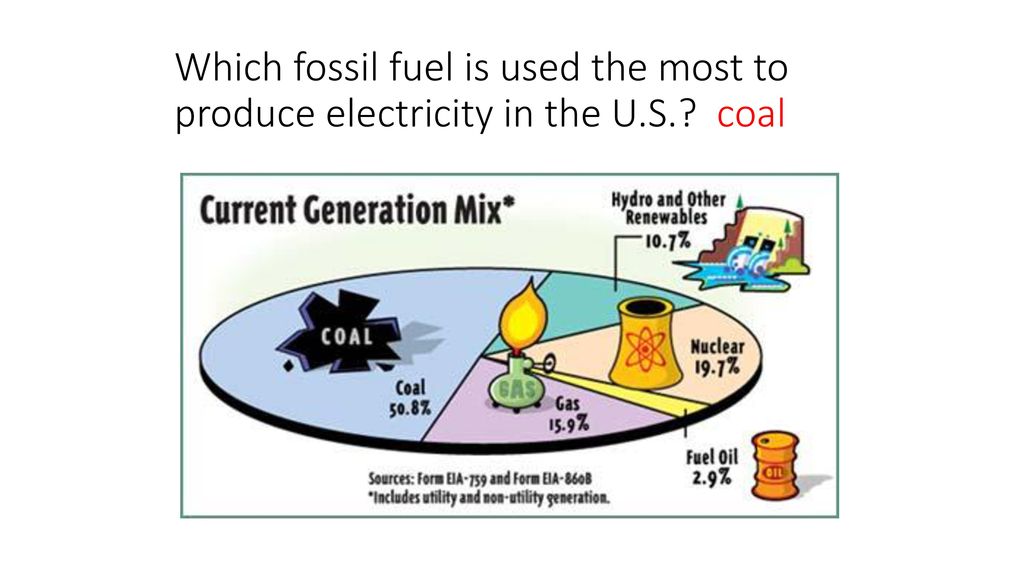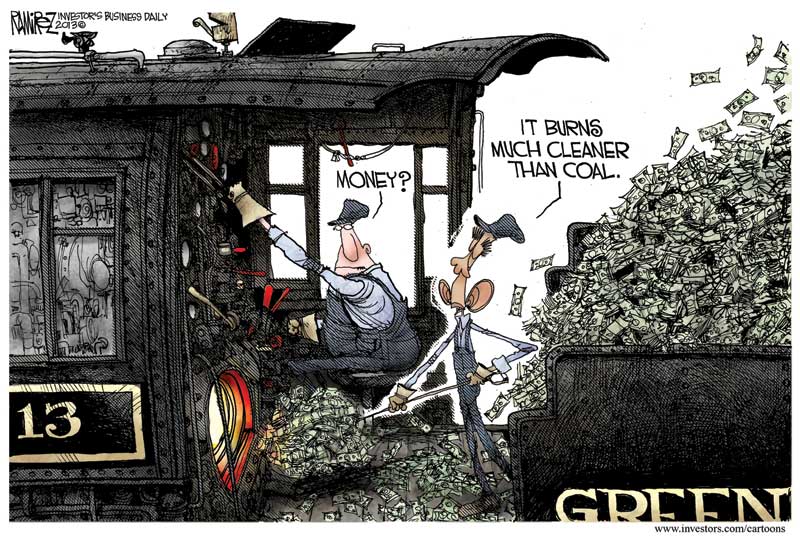
With 60 days for public comment before the rule goes into force, expect a lot of howling from those who wanted the Clean Power Plan despite its illegality (why the Supremes stopped it). Here are some excerpts from the overview in Powermag intended to inform energy providers. Trump Emissions Plan Aims to Boost Coal-Fired Power
What Coal Generators Should Know About the EPA’s Proposed ACE Rule
The EPA, in an impact analysis of the Trump plan reviewed by The Washington Post, said the plan would affect more than 300 U.S. power plants and provide operators with incentives to keep coal plants operating rather than replacing them with natural gas or renewable energy projects.
The agency also has acknowledged the rule likely will lead to an increase in airborne pollutants that could contribute to health issues, although EPA officials have said other regulations are in place to handle those.
Mandy Gunasekara, principal deputy assistant administrator for the Office of Air and Radiation at the U.S. Environmental Protection Agency (EPA) said the new rule would require states to submit their plans to the EPA for regulating power plants over a three-year period after the proposal is finalized, which is expected next year. It specifically asks for “patterns of performance” for existing coal plants. The EPA would then have one year to determine whether a state’s plan is sufficient. If the EPA determines it is not, the agency would then design a plan for that state, according to Gunasekara.
“Instead of [the federal government] putting out a strict standard of performance, we’re allowing the states to determine that strict standard of performance,” Gunasekara told the MEGA audience, including POWER. “No two coal plants are the same. It should be up to the states to ensure that everyone has access to reliable and affordable energy in that state.”

Source: 2017 EIA statistics.
‘Ensure Coal Has a Place on the Grid’
Replacing the CPP has been one of Trump’s priorities. “The president has constantly recognized the importance of coal,” said Steven Winberg, assistant secretary of fossil energy for the DOE, who also spoke Tuesday morning at MEGA. “We need to ensure that coal has a place on the grid.”
Said Winberg: “We need to get moving on the next generation of coal plants that are cleaner, more efficient, and have a small footprint. We’re looking at 50-to-350-MW plants that are much more efficient. And they need to be able to ‘load follow’ due to the increased amount of intermittent power [mostly wind and solar] coming onto the grid. Coal plants have traditionally [provided] baseload power, and new plants need to be able to load follow.”
Gunasekara said the ACE rule is really “presenting guidelines for states to address CO2 from coal plants. States can determine the best system for emissions reduction.” She said the plan is designed to encourage coal plant operators to focus on “heat rate efficiency improvements,” and decide “whether a technology works, or whether it doesn’t.”
EPA Sticking to Endangerment Finding
EPA Assistant Administrator for the Office of Air and Radiation Bill Wehrum told reporters in a press briefing on August 21 that the ACE rule “is a regulation of GHGs, no doubt about it.” But the rule seeks to bring the EPA back to its “core function” of regulating emissions from “things that emit—in this case power plants—and not regulate other aspects of the industry like the electricity grid.” He added: “So we are not regulating dispatch of power plants, we are not trying to impose a requirement to implement renewable energy resources. Those are things the Clean Power Plan did.”
However, with the ACE rule, the EPA also isn’t proposing to rescind the “endangerment finding,” in which the Obama-era EPA found GHGs are a danger to public health and welfare, Wehrum said. “We’re not proposing to find that power plants do not contribute to come to that endangerment. We are proposing, though, to revise [the Clean Power Plan] to bring it back within the legal authority that we have under the Clean Air Act,” Wehrum said.
Asked whether combating climate change is a priority for the EPA, Wehrum said that Congress “made the decision for us under this part of the Clean Air Act.” But Congress also said that states have primary authority for regulating their emissions. “So we have a responsibility to set up a framework; states have a responsibility to regulate, and Congress gave states a lot of latitude to decide what it is they’re going to do. And so we are faithfully implementing the law this way.”

Coal groups have been vocal in their support of the administration’s effort. The American Coalition for Clean Coal Electricity (ACCCE), a trade group representing coal producers, earlier this year said, “The CPP is illegal because the rule greatly exceeds EPA’s authority to regulate carbon dioxide (CO2) emissions from fossil-fueled power plants under section 111(d) of the Clean Air Act. Even if the CPP were determined to be lawful (which it is not), it would establish bad environmental policy that would have substantial adverse energy and economic impacts.”
Michelle Bloodworth, who was named the new president and CEO of the ACCCE in July, told the Times: “I certainly think we are supportive of what the administration is doing and we applaud their efforts.”
Thomas J. Pyle, president of the Institute for Energy Research, also applauded the president’s plan, saying in a statement: “The Clean Power Plan (CPP) grew EPA power in unprecedented and harmful ways, marking a clear deviation from the agency’s traditional role by grossly misapplying the Clean Air Act. The ‘Affordable Clean Energy Rule’ proposed by the Trump Administration corrects some of the CPP’s worst flaws. By reining in the EPA, the ‘Affordable Clean Energy’ rule limits the negative economic impacts a back door federal renewable mandate would have on American families. However, we still maintain that only a full repeal of the Obama era regulation will fully protect ratepayers.”
Environmentalists attacked the new proposal from all sides. Lissa Lynch, staff attorney for federal policy in the Climate & Clean Energy Program at the Natural Resources Defense Council, said: “The Clean Power Plan replacement proposed today by Acting EPA Administrator [Andrew] Wheeler demonstrates the Trump EPA’s unflagging commitment to propping up polluters. The proposal is designed to require power plants to do nothing to reduce their carbon pollution, and it could even result in greater climate-polluting emissions – a worse than do-nothing replacement for the Clean Power Plan.
Winberg, though, countered that argument, saying coal remains important to the U.S. He said the nation must focus on “upgrading the coal fleet, transforming technology, and reducing the cost of CO2.” He acknowledged the nation “has an aging coal fleet, and we need to do something about that. Coal is going to be part of the U.S. energy mix for decades to come. Boosting U.S. energy production is important for national security, and we are seeing a new focus on policies that level the playing field for coal.”

Footnote:
The ACE plan was well received by CAGW (Citizens Against Government Waste)
Citizens Against Government Waste Applauds EPA Affordable Clean Energy Plan August 22, 2018
WASHINGTON: Today, Citizens Against Government Waste (CAGW) applauded the Environmental Protection Agency (EPA) for proposing the Affordable Clean Energy (ACE) rule. The rule would reverse the Obama administration’s 2015 Clean Power Plan, which was blocked by the Supreme Court in 2016 due to regulatory overreach.
Full text of proposed EPA rule: Emission Guidelines for Greenhouse Gas Emissions from Existing Electric Utility Generating Units
See also the world context regarding coal power Climate Change Battle Report
